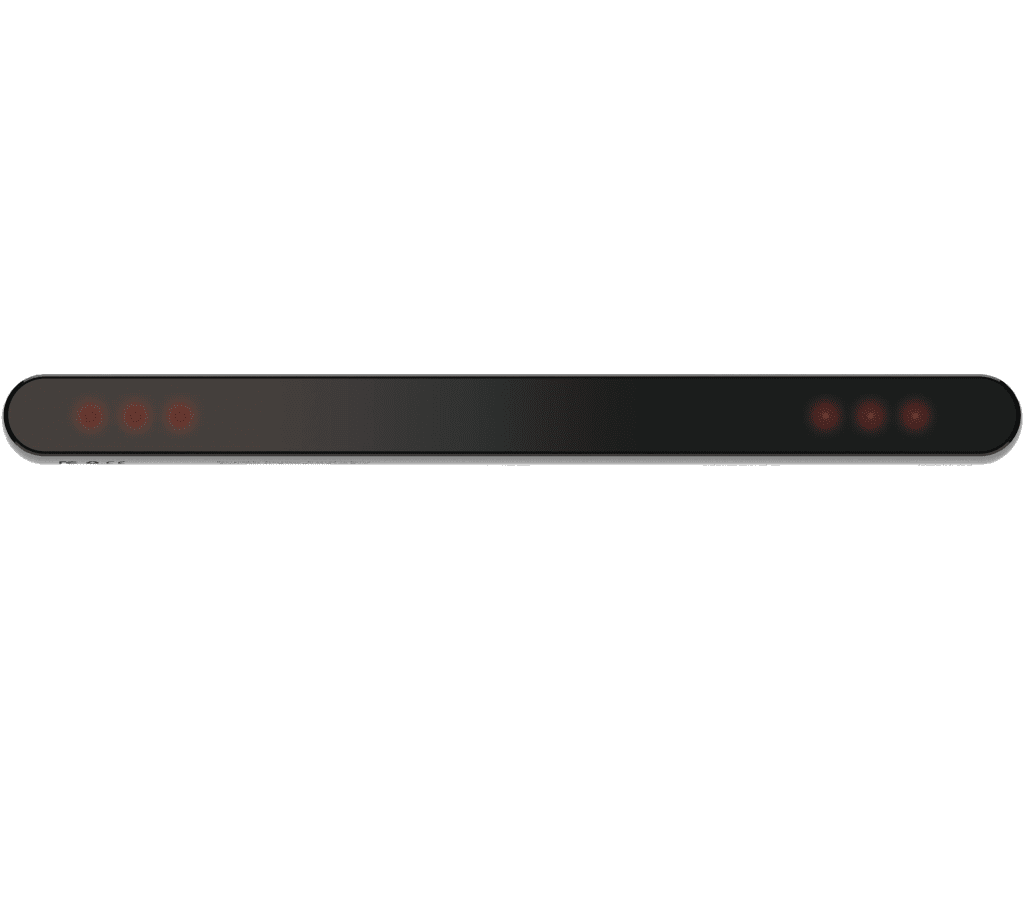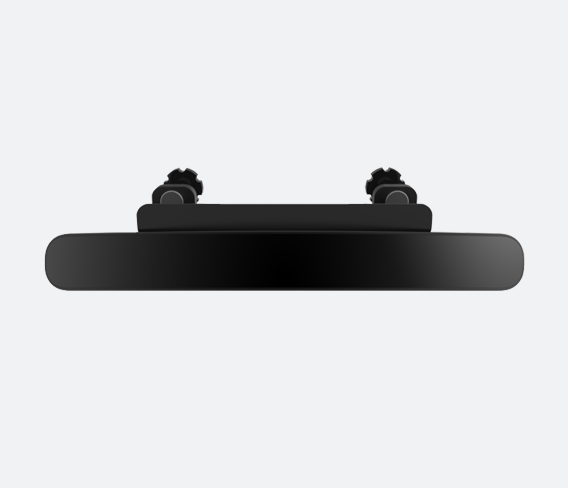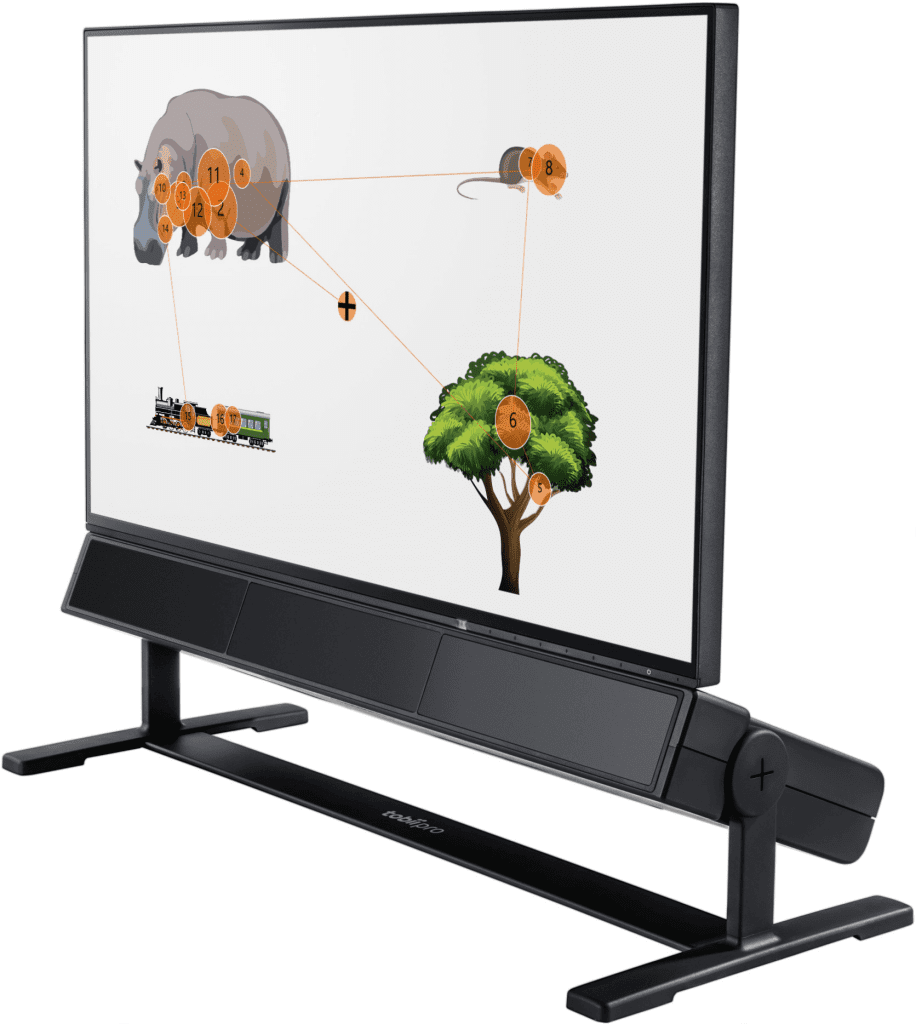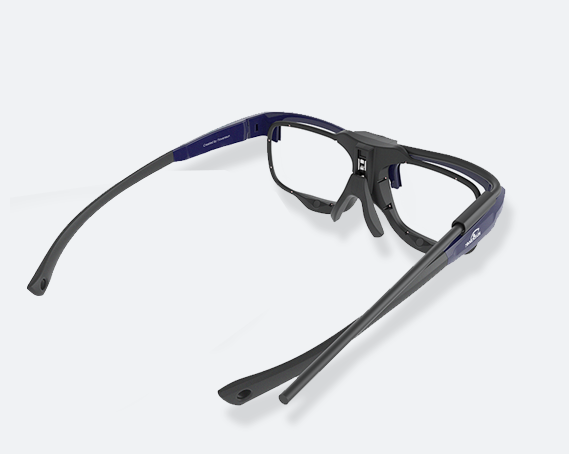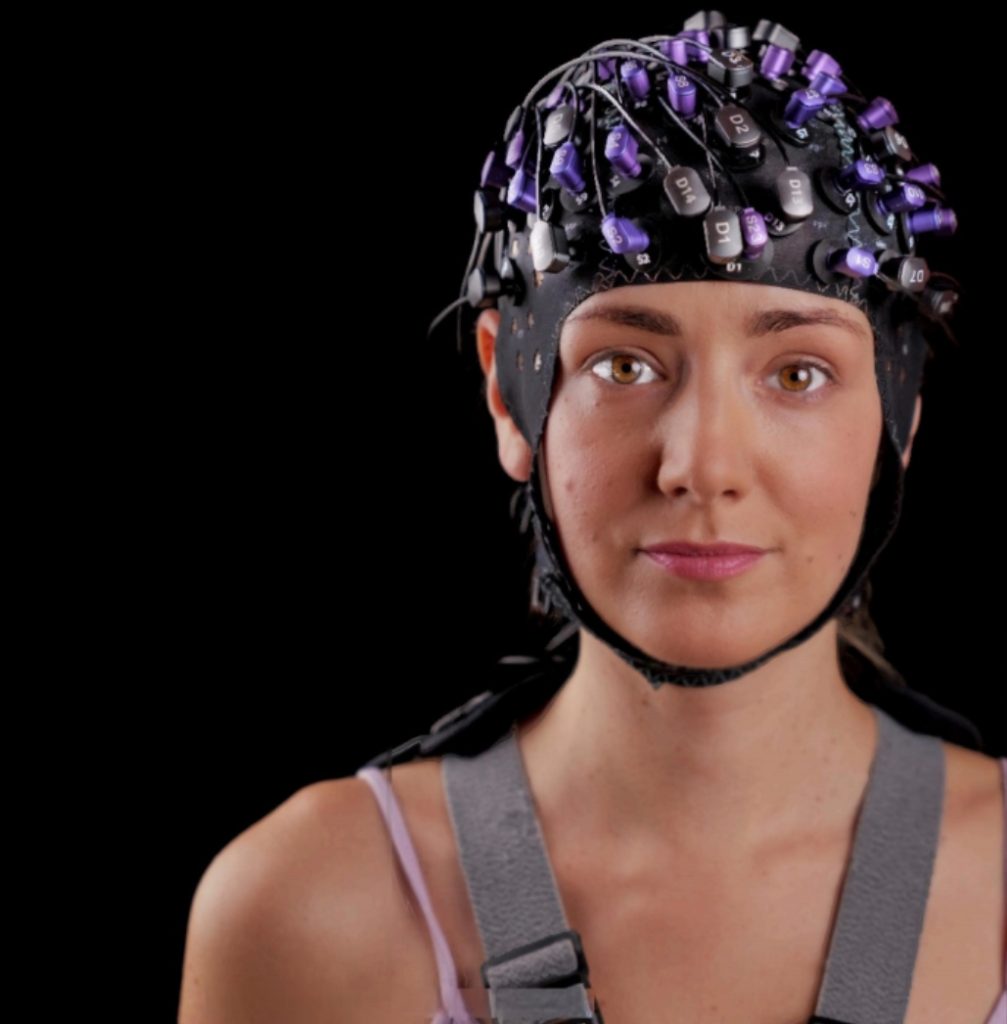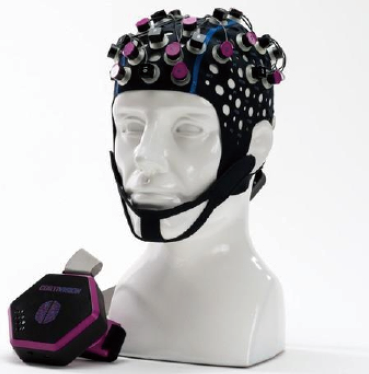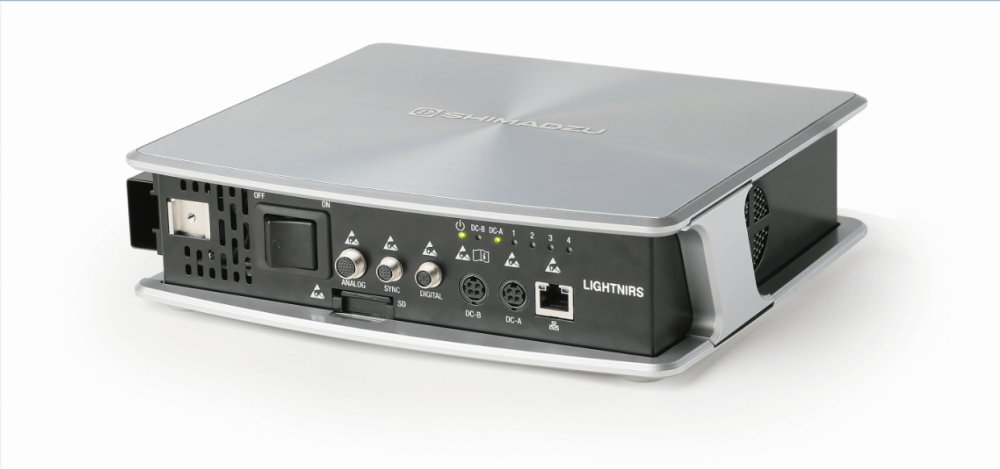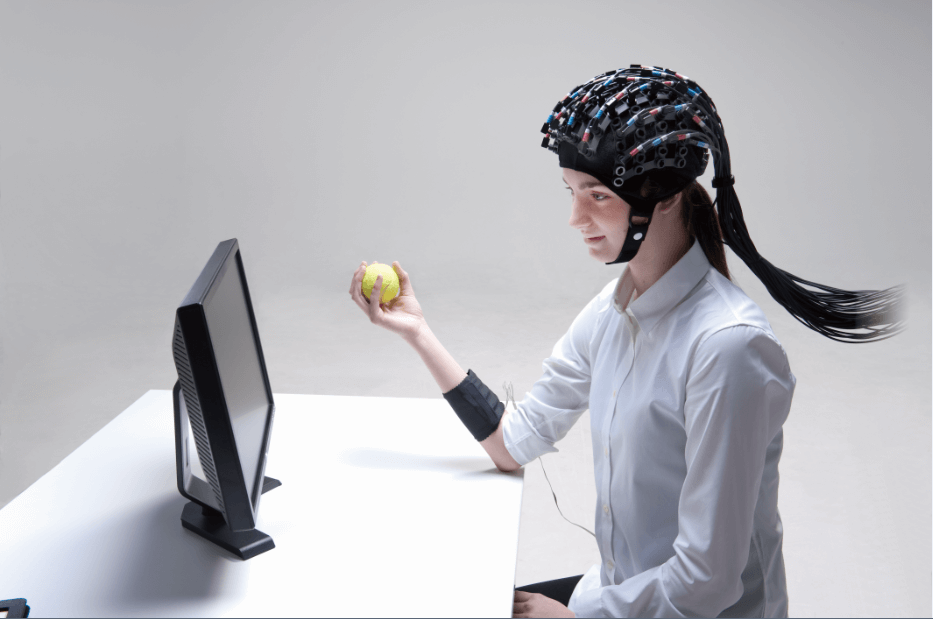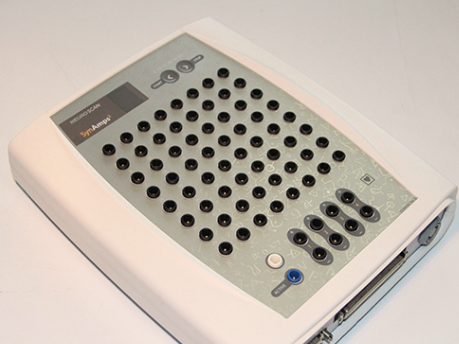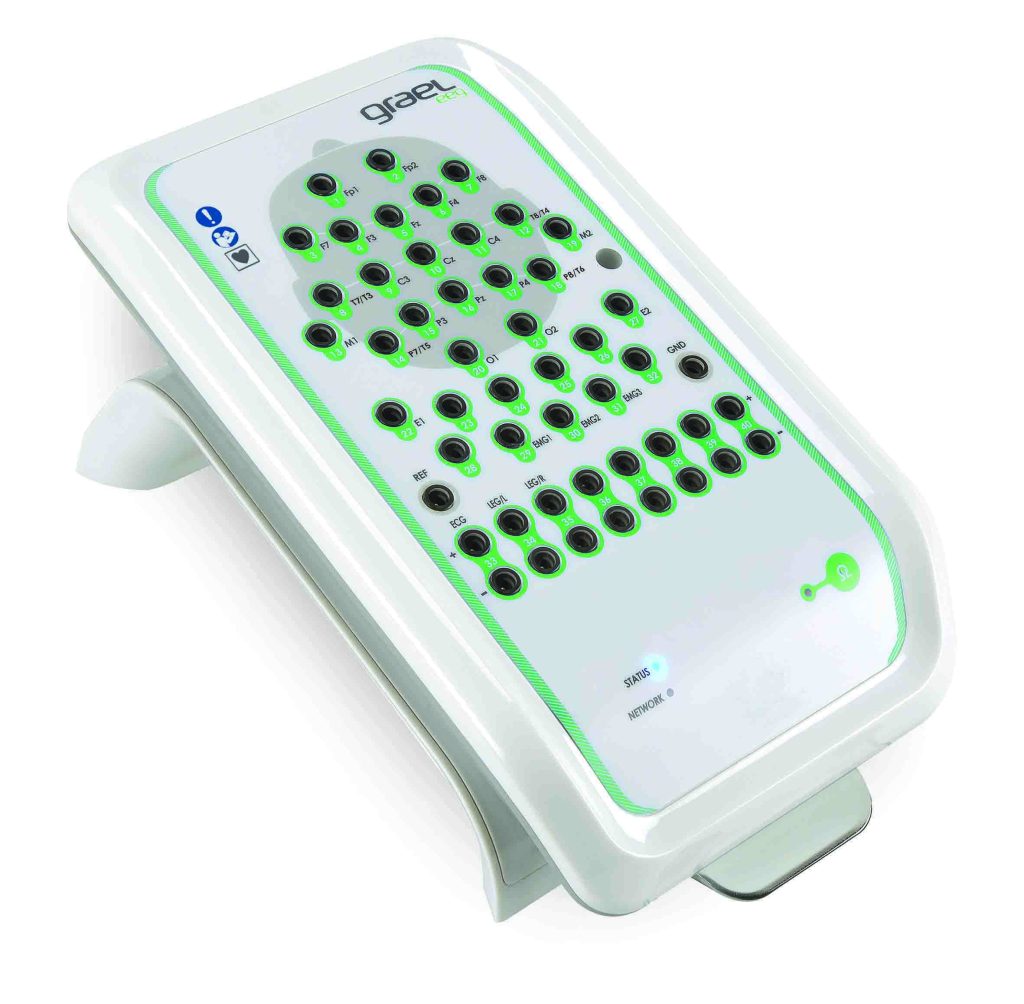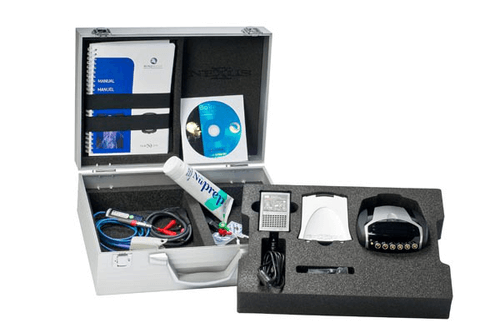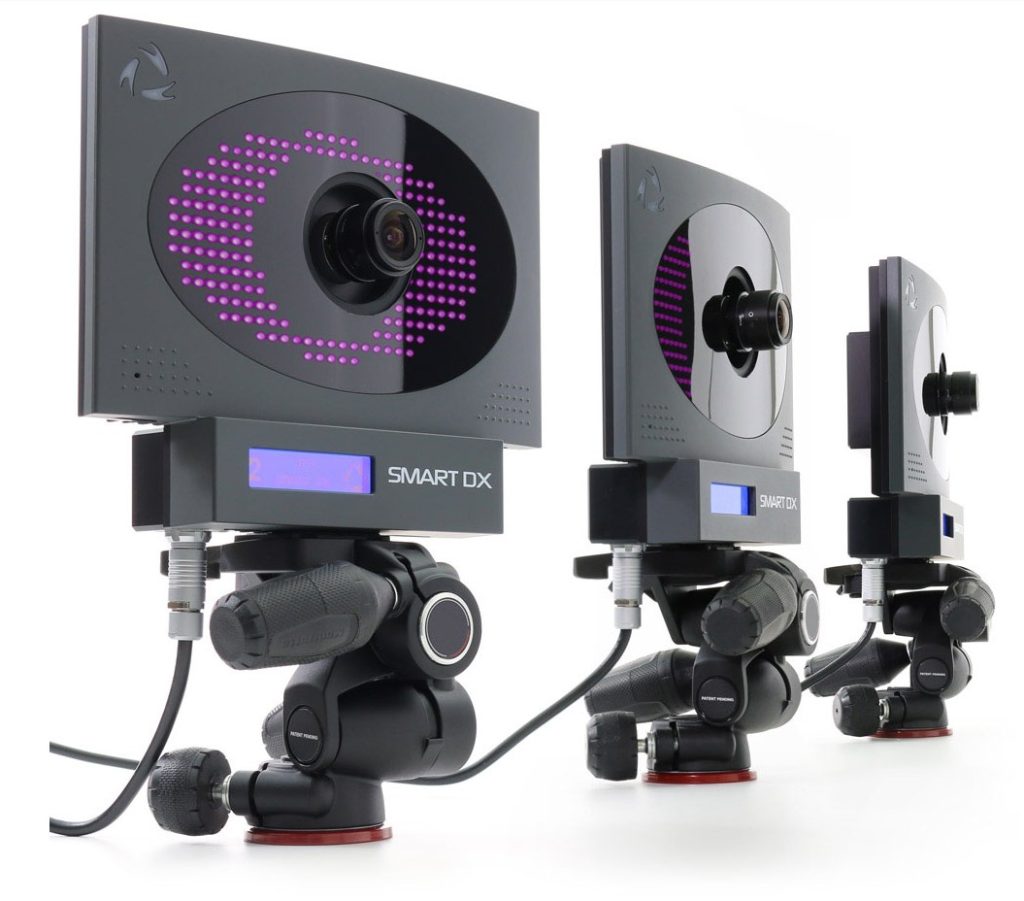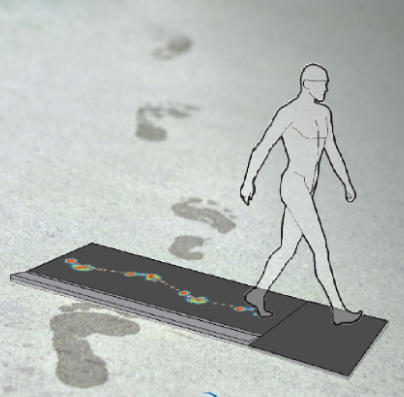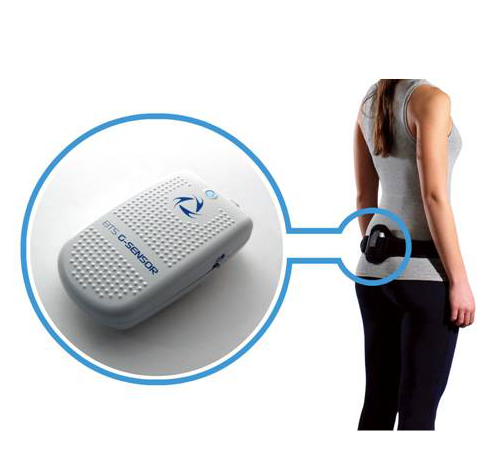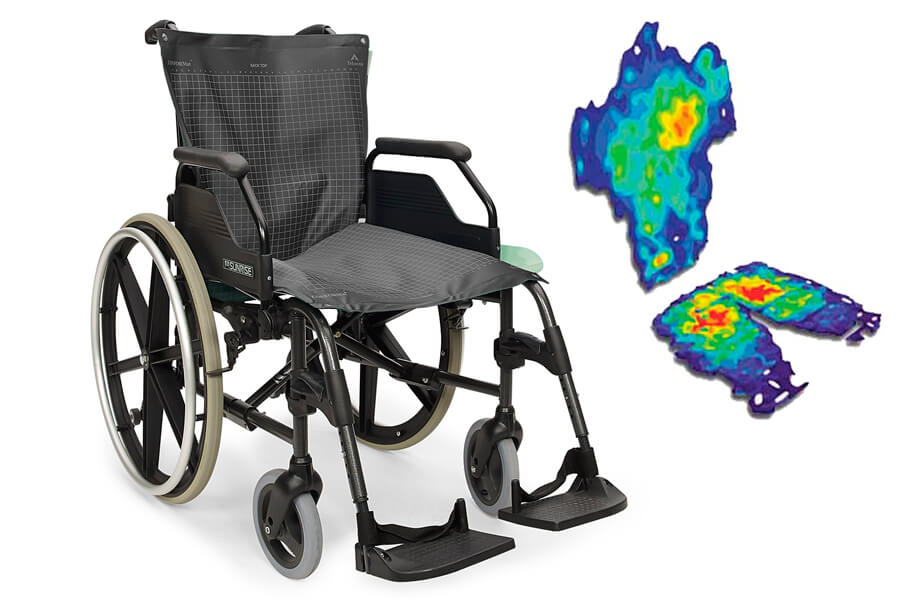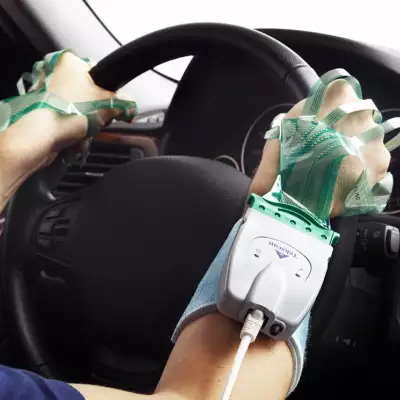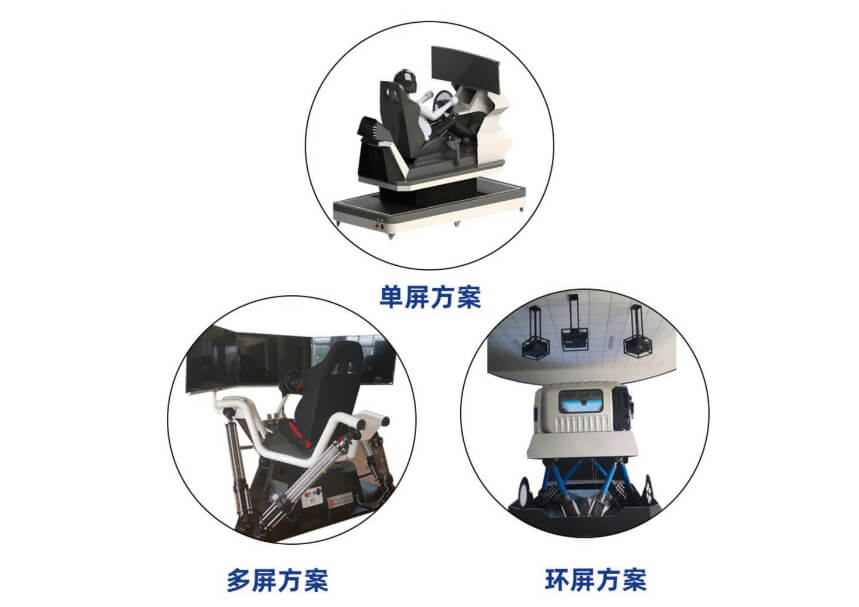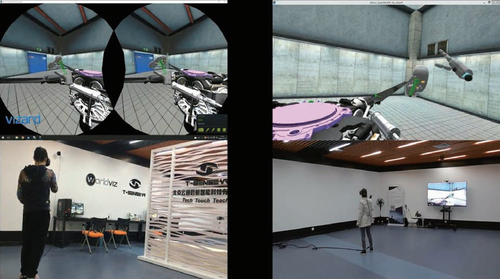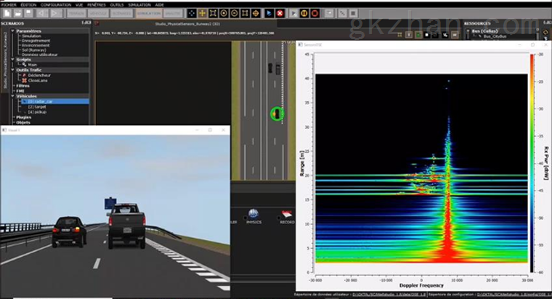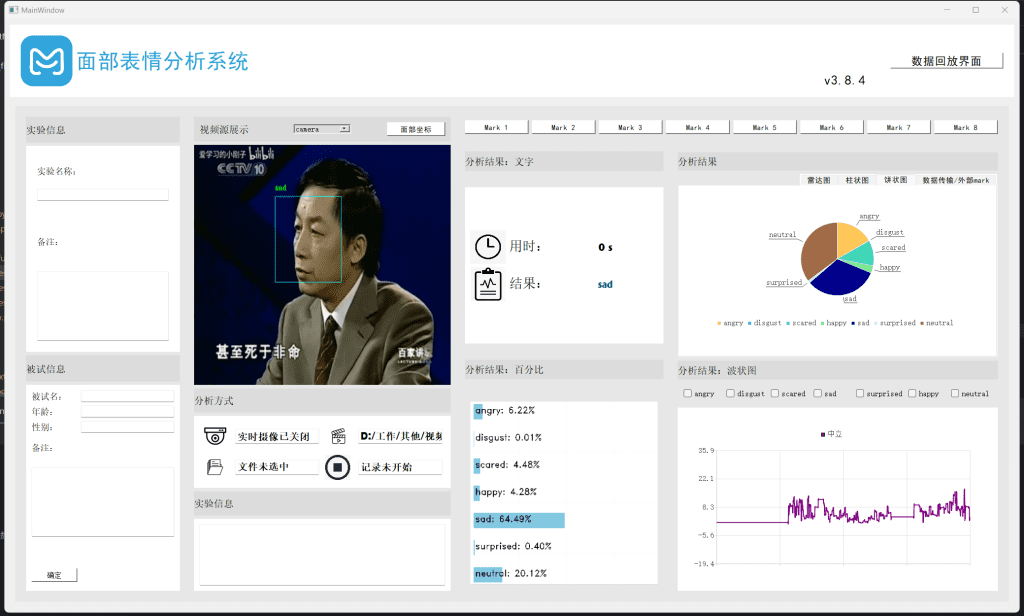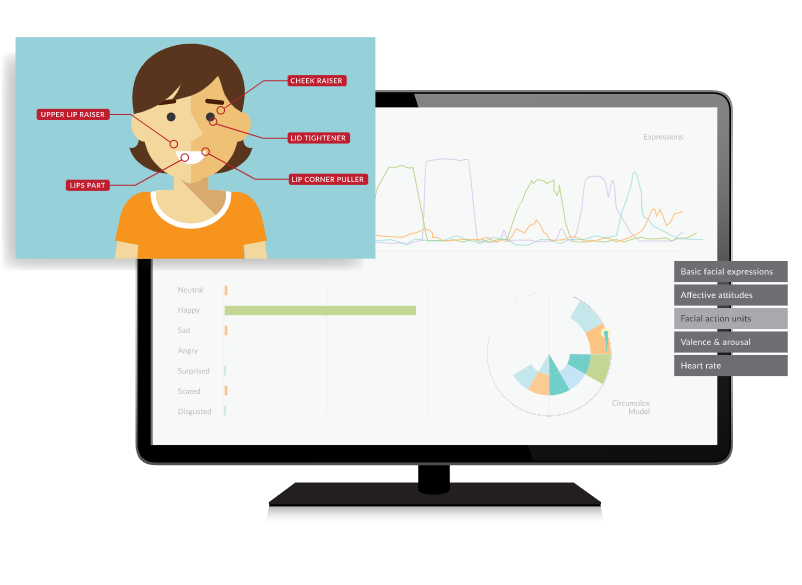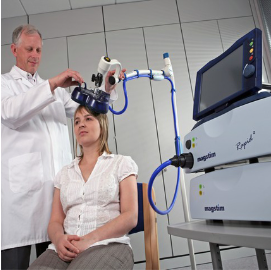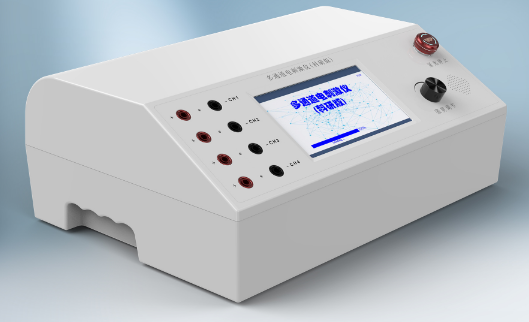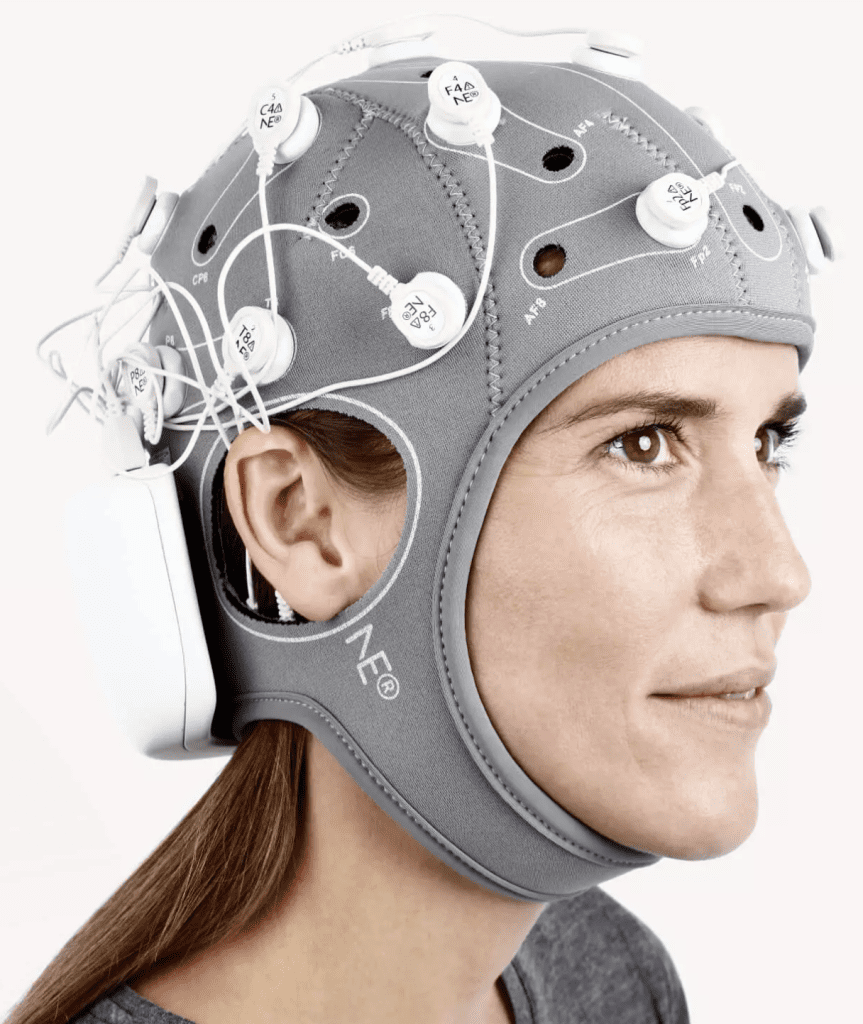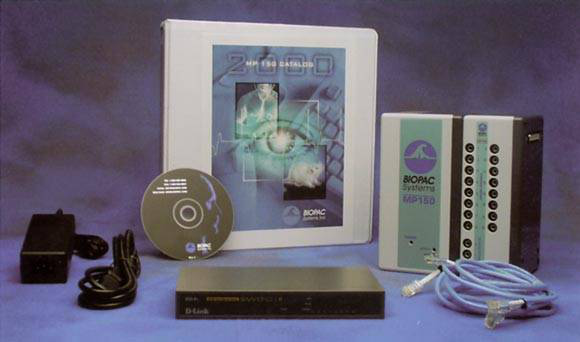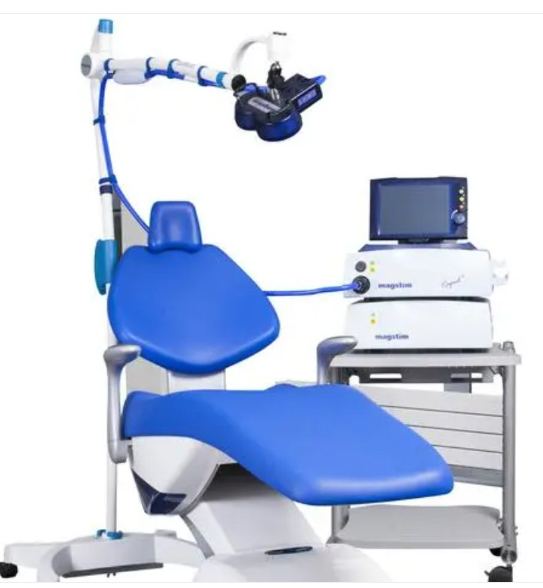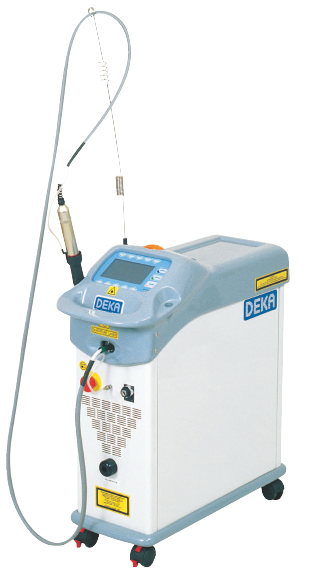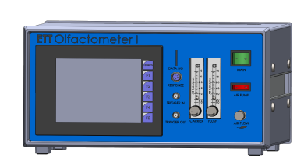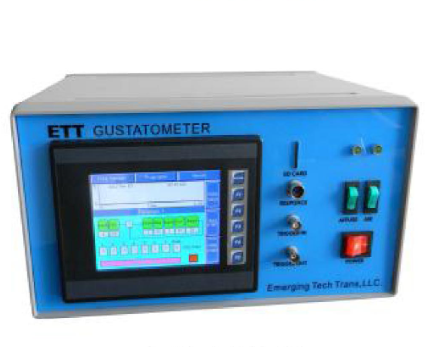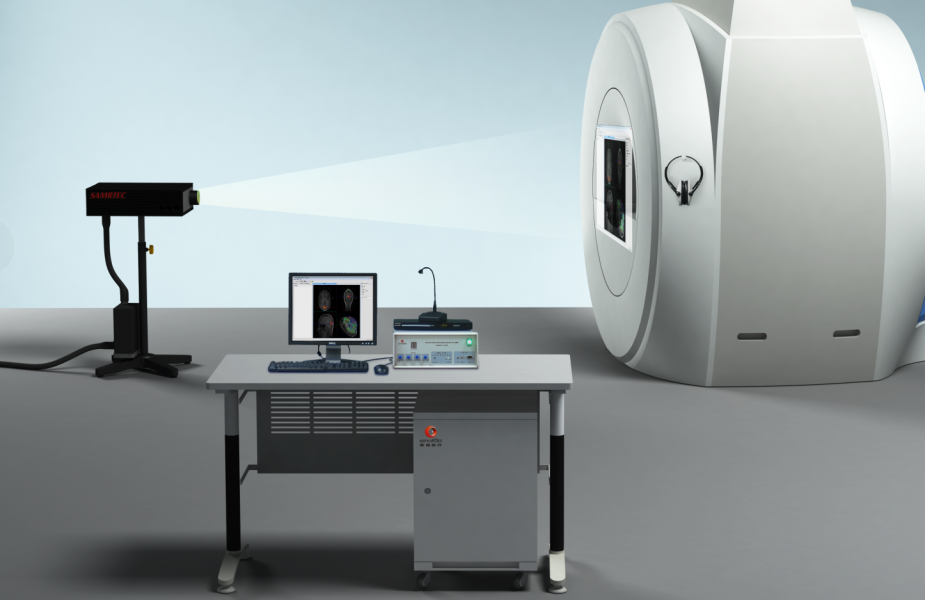Reprinted from: Neuroengineering Management
This paper is an analysis of a paper on Neuroscience meets building: A comprehensive review of electroencephalogram applications in building life cycle. The paper was published in Journal of Building Engineering in 2024, and authors include Qiuwen Sun, Dan Xu, Peiyu Xu, Chengxing Hu,Wei LiMr. X. X. Xu, Xiaoxiao Xu.
Abstract:
The use of EEG techniques to explore human psychological and physiological states in the context of buildings is increasingly emphasized. However, synthesizing existing applications of EEG in the whole life cycle of buildings is not yet comprehensive. This study provides a new perspective on current EEG applications in buildings to fill this gap. The study begins by exploring EEG data collection in buildings, organizing commonly used channels and analyzing currently used EEG data processing techniques. The study then follows the chronological order of the building life cycle (design, construction and operation). Since the operation phase involves a multitude of external environmental factors and psychological states, a comprehensive overview matrix was used in this study to present the results of the current applications. It was found that despite the differences between the design, construction, and operation phases, all involved studying attention and stress that affect efficiency and productivity. This study identifies gaps in existing research and proposes seven future directions aimed at promoting further applications of EEG in construction. The study emphasizes the potential of studying other phases of construction (demolition, remodeling, etc.) and building components (building materials, finishes) from a neuroscience perspective and suggests the inclusion of additional stakeholders in the experiments in order to further promote the deeper integration of EEG into construction. The study identifies fundamental current barriers, including the lack of databases, the use and validation of alternative data processing methods, and the lack of hardware and equipment. The study also highlights thevirtual realitygreat potential in this area.
01. Introduction:
Neuroscience techniques, with their great strengths in measuring human cognitive and psychological activity, have been emphasized in a variety of fields, prompting various disciplines, such as education and economics, to reexamine their research methods. By obtaining human response data directly from a variety of stimuli, neuroscience techniques offer a new approach to understanding the mechanisms of interaction between the environment and humans. Thus, the integration of neuroscience research methods into architectural research provides psychological and physiological perspectives for understanding cognition and behavior in architecture.
Despite the potential of EEG applications in the building sector, previous research has focused on specific usage scenarios, such as building design, construction sites, and specific indoor environments. Research on the perspective of the building life cycle is still limited. Therefore, it is necessary to provide a systematic and comprehensive overview of the application of EEG technology in the construction field.
In a general sense, the building life cycle should consist of four phases: design, raw material acquisition, building material manufacturing, operation/renovation/maintenance and recycling/waste management. In addition, transportation also has a huge impact on the life cycle. However, current research on the application of EEG in the building phase is mainly focused on design, construction and operation. Therefore, although the general definition of the building life cycle covers a wider scope, the design, construction and operation phases account for the majority of the building life cycle. The definition of the building life cycle in this study is limited to the design, construction and operation phases.
This study provides an overview of the application of EEG in buildings from a life cycle perspective. More specific objectives include:
(1) Summarize the application of EEG in various stages of construction;
(2) Explore the contribution of EEG to different phases of construction;
(3) Discuss the theoretical and practical challenges of applying EEG to architecture;
(4) Provide recommendations for possible future applications in architecture.
02.Research Methodology:
2.1 Literature search and selection
This study conducted a comprehensive search of the published literature in the Web of Science Core Collection (WoS).The search criteria used in WoS were:"((TS = (electroencephalogram OR EEG), AND TS = (environment design OR built environment OR indoor design OR indoor comfort OR indoor behavior OR emotion OR efficiency OR stress OR cognitive load OR attention OR construction OR safety))) construction OR safety))". The scope of the study is limited to building technology or engineering in WoS. In addition, only international journal papers published in English were considered for this study. Initially, a total of 290 papers were collected. These identified papers were then imported into Endnote software to remove duplicate entries, yielding 119 papers. A two-round screening process was then implemented to exclude papers not related to the use of EEG in architecture. Irrelevant papers were identified and eliminated through the first round of screening of titles, abstracts and keywords. Papers that were not closely related were filtered out after the full text was viewed. In addition, theoretical papers that are not directly related to the field of architecture but have potential applications in architecture, such as emotion recognition and categorization, were added as supplementary material for the full-text review. In the end, a total of 147 papers were retained.
2.2 Publication search
This study first identifies the potential applications of EEG in buildings, covering all phases of design, construction and operation. The distribution of EEG-related literature from different sources across the three phases was plotted using ChiPlot (https://www.chiplot.online/) (dated December 30, 2023), as shown in Figure 1. It is noteworthy that the total number of literatures gradually increases in all phases, with the most significant increase in the operational phase. In terms of the building life cycle, the operations phase has the highest number of articles. It is worth noting that unlike the construction phase, there is a lot of overlap between the design and operation phase journals. During the construction phase, Automation in Construction is the primary journal source, accounting for 50% (16) of the articles in this phase. It was closely followed by Journal of Construction Engineering and Management, accounting for 10% (3 articles). In the operations phase, the research focus included indoor environment and energy consumption, with a major concentration in Building and Environment, Indoor Air, Energy & Buildings, Nature, Indoor and Built Environment.



Figure 1 Distribution of literature by journal source (http://www.chiplot.online/)
Figure 2 shows the temporal distribution of the selected literature (103 articles). The first article on the application of EEG in buildings appeared in 2008 and was studying the operational phase. The overall number of articles is very small until 2016 and the studies only look at the application of EEG in individual phases of the building (just in the design or operational phase). After that year, however, the number of studies began to increase rapidly and the distribution of phases became diverse.
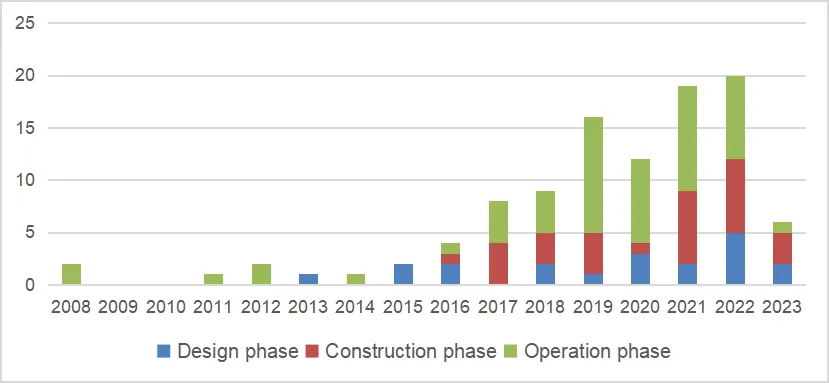


Figure 2 Distribution of selected papers by time
This shows that the application of EEG in the design, construction and operation phases of buildings is generally in its infancy. As more articles appear in the future, it is suggested that bibliometric methods could be applied to the review.
2.3 Content analysis
Among the statistically summarized terms, "EEG", "thermal", "temperature", " cognitive," "indoor," "physiological," "experiments," and "workers. " and "workers" had the highest percentage of weights (Figure 3), indicating their repeated use in the selected literature. This finding, on the one hand, confirms the widespread use of EEG in construction and, on the other hand, validates the reliability capacity and accuracy of the selected literature. It also shows that research on the application of EEG to buildings includes both human perception of the indoor environment (mainly thermal comfort) and the state of construction site workers.



Fig. 3 Word cloud diagram
Subsequently, study characteristics were summarized through manual coding, including subject characteristics, equipment specifications, experimental tasks, metrics, data analysis methods, key findings, limitations, and future directions. Deficiencies in the current study were then identified and recommendations for future research were provided by integrating the above analysis and results. The literature review process and framework is shown in Figure 4.



Figure 4 Overview framework
03.EEG data collection and processing:
3.1 Electrode potentials and their role
Inspired by Saedi (2022) and others, this section provides clear illustrations of the commonly used channels for each state, and Figure 5 depicts the partitioning of the brain.The Emotiv EPOC + is the most commonly used portable EEG data acquisition device in previous studies, and it provides 14 channels (i.e., AF3, F7, F3, FC5, T7, P7, O1, O2, P8, T8, FC6, F4 , F8, AF4) and 2 reference channels (CMS and DRL). As shown in Fig. 5(a), the red channels indicate the 14 EEG channels of Emotiv EPOC+, and the yellow channels indicate other commonly used EEG channels. Figure 5(b) shows the states associated with the commonly used electrode positions in each region.
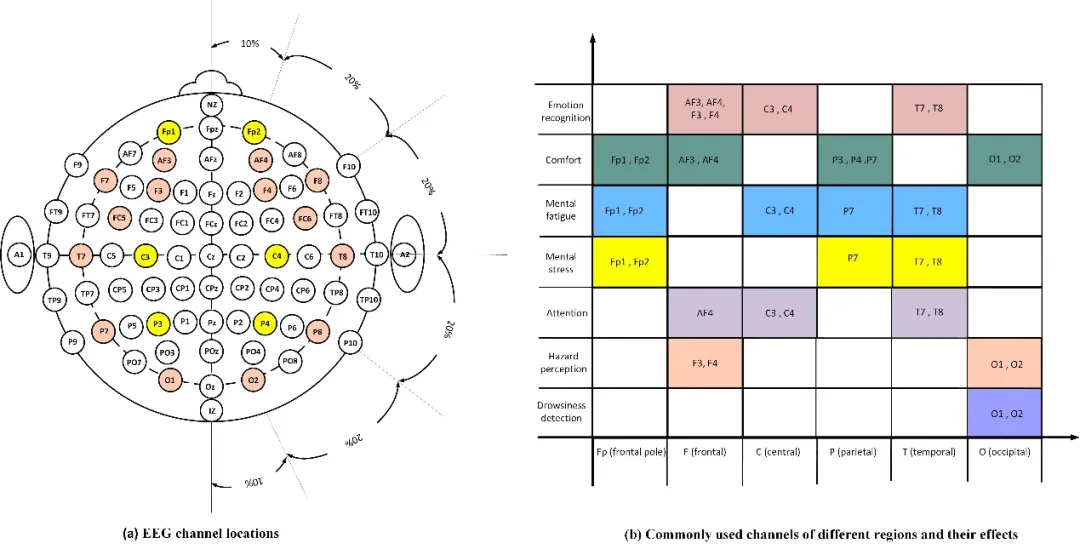


Figure 5. Common EEG channels and their roles
The findings suggest that Fp1 and Fp2 can be used to measure mental stress, fatigue, and workload. The γ and β bands captured at P7 were found to be valuable indicators for assessing mental stress and fatigue. In addition, the beta bands observed at C3 and C4 are associated with cognitive loads such as mental fatigue and attention. Moreover, C3 and C4 are useful channels for emotion recognition. Similarly, T7 and T8 were favored in emotion recognition and cognitive load. The frontal lobe, the region where AF3, AF4, F3, and F4 are located, is involved in cognitive activity, abstract thought, and emotional function. These four channels are often used in emotional arousal (VA) models to quantify emotional traits. In addition, the right prefrontal cortex (i.e., AF4) has shown significant potential for distinguishing between focused and distracted states. Researchers utilized channels F3, F4, O1, and O2 to assess danger perception. In contrast to studies of channels related to danger perception, occipital digit lobe channels (i.e., O1 and O2) were most strongly associated with danger perception. In addition, O1 and O2 were reported to play a crucial role in sleepiness detection.
The Fp1 and Fp2 channels also show great potential in comfort analysis. In addition to this, several other methods are used to measure comfort. Specifically, AF3 and AF4 help in designing comfort spaces. Channels P3, P4 and P7 are usually selected for thermal comfort measurements. The total EEG energy of P3 and P4 in a comfortable environment is less than in an uncomfortable environment. P7 and channels located in the occipital frontal lobe are strongly associated with thermal comfort and cognitive performance when individuals are exposed to high temperatures.
3.2 EEG data processing
EEG signals are highly susceptible to various interference sources, such as blinking, breathing noise, muscle movement, atmospheric thermal noise, and line interference, resulting in a considerable number of artifacts in the raw EEG data. Figure 6 gives an overview of the EEG data processing flow, including the processes of data preprocessing, feature extraction, classification, and further analysis, corresponding to the blue, green, pink, and yellow parts, respectively. The purpose of data preprocessing is to provide clean data for further processing, including EEG data filtering, artifact removal, and dimensionality reduction. It is very important to extract features from the preprocessed EEG data, including time domain, frequency domain and time-frequency domain features. Machine learning methods have been widely used to process EEG data.



Fig. 6 Overview of the EEG signal processing process
Zhai (2018) et al. established a framework for acquiring high-quality EEG data, which is represented by hollow arrows in Fig. 6. In this framework, de-artifacting is achieved by applying a finite impulse response (FIR) bandpass filter, a trap filter, and an independent component analysis (ICA) algorithm. Subsequently, the time-domain signal is converted into a frequency-domain signal using FFT. This process extracts frequency-domain features, especially PSD.It is worth noting that although this framework is capable of accurately extracting frequency-domain features, it may not fulfill all research requirements. Therefore, researchers have designed alternative methods and other frameworks to cope with the complexity of EEG data processing.
Depending on the specific research purpose, the methods mentioned in this section can be used for data processing in various combinations as needed. For example, principal component analysis (PCA) has multiple functions in data processing. On the one hand, it facilitates channel selection and reduces the number of channels analyzed in the preprocessing stage. On the other hand, it is recognized for its effectiveness in improving classification accuracy in feature selection.PCA is a well-established method for reducing the dimensionality of data and selecting features, similar to linear discriminant analysis (LDA). Researchers have developed models that can predict user productivity and comfort, which emphasizes the importance of incorporating machine learning methods in data processing.
04.Application of EEG in different phases of construction:
The focus of this study is the application of EEG in the whole life cycle of a building, including the design, construction and operation phases. The mental states at each stage influenced by external environmental factors are shown in Figure 7. The states involved in all three phases include work efficiency, concentration, productivity and stress levels. This emphasizes the importance of increasing work efficiency and productivity throughout the life cycle of a building, with attention and stress serving as quantifiable parameters intrinsically linked to these goals. Both the design and operation phases emphasize memory and the ability of users to have control over the built environment, which suggests that both phases are committed to studying the impact of the environment on human perceptual and cognitive performance. A theme that runs through both the construction and operation phases is states such as fatigue and mental load, which may be influenced by environmental factors or task-related requirements. It is also worth noting that the same parameters may assume different roles in different phases. For example, attention, which is influenced by the indoor environment, contributes significantly to productivity; whereas, during construction, it may threaten the safety of construction workers. Therefore, these parameters need to be analyzed separately at each stage.
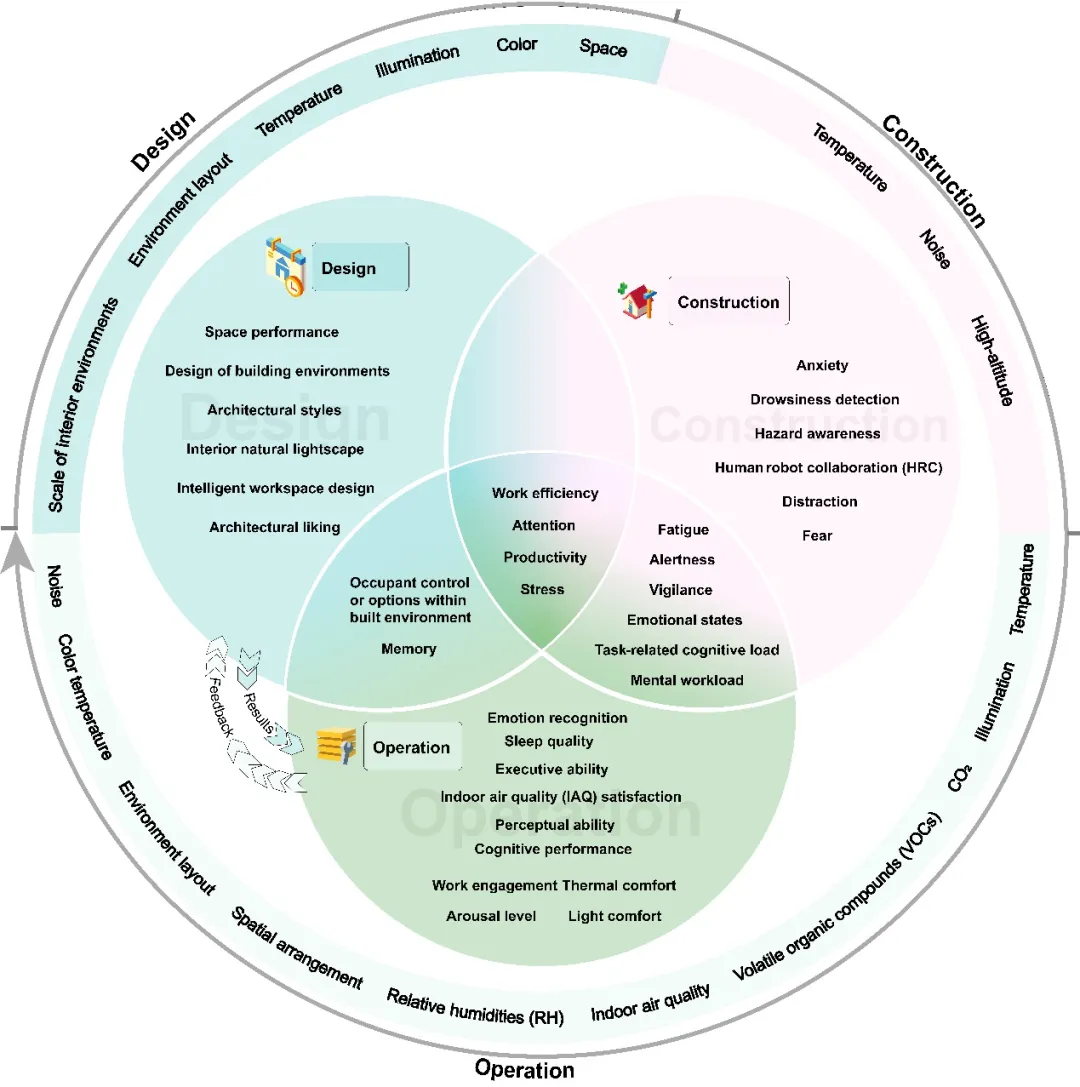


Figure 7. Measuring psychological states affected by environmental changes in the three phases of the building life cycle
4.1 EEG in the design phase
4.1.1 Research priorities in the design phase
In the design phase, existing research has focused on two main aspects: first, exploring the impact of different built environment features (e.g., spatial arrangement, interior layout, and architectural style) on EEG; and, second, emphasizing the importance of the indoor environment on people's productivity and user preferences.
Recognizing that the operational phase is essentially a product of the design phase, future designs can gather feedback from the ongoing operational phase to optimize the current design and enable continuous improvement. Considering the characteristics of the built environment and people's reactions, further validation is required, including different ranges of psychological and neurophysiological responses. Therefore, it is crucial to conduct tests on various environmental parameters. Notably, the emergence of VR technology is exciting as it can simulate architectural design elements and immerse the user in a realistic experience. This technology enables designers to evaluate and optimize design elements in a shorter period of time. By combining VR with EEG, researchers can gain a deeper understanding of how users react to elements of the built environment. Recent research advances have shown that the combination of VR and EEG has expanded in several ways, such as studying different architectural features such as lighting levels, wall colors, spatial openness, interior lighting, and visual cues, all of which are intended to refine architectural design.
4.1.2 Mechanisms of influence of environmental factors on psychological responses during the design phase
A key issue in these studies is to elucidate the mechanisms by which indoor environmental conditions affect users' psychological and physiological states. A better understanding of this correlation could not only increase user satisfaction with the built environment, but also improve the user's indoor experience and even reduce building energy consumption.
Unlike other environmental parameters that are examined in both the design and operational phases, spatial performance performance is a factor that is examined separately in the design phase.Li (2020) et al. obtained data through subjective spatial questionnaires as well as by conducting four cognitive experiments in a simulated space. They concluded that β is positively related to work efficiency and demonstrated that β is the most representative indicator of human spatial perceived satisfaction. In addition, Li (2021) et al. used the same paradigm but conducted different cognitive experiments and found that posterior and central brain regions were particularly active for different scene elements. The study also showed that green plant walls and greenery had a more positive impact on the indoor environment. In addition, Klatt (2018) et al. investigated the effects of sound on human attention and found that auditory alpha lateralization was limited to specific spatial tasks. The results suggest that auditory alpha lateralization is a higher-order attentional mechanism that operates in perceptual and memory space.
4.2 EEG in the construction phase
4.2.1 Research priorities for the construction phase
The focus of the construction phase includes sleepiness detection, fatigue, attention, vigilance, hazard awareness, stress, emotional state, and mental load. Notably, it has been demonstrated that mental load or cognitive load assessment can be used as a tool to assess a variety of cognitive functions, including human memory, attention, executive function, and perception. Enhanced perceptual abilities, such as hazard perception, are critical for workers to avoid accidents and ensure safety. Together, these metrics emphasize the productivity, safety, and health of construction site workers. Monitoring the EEG of construction workers can provide valuable insights into their cognitive load related to their assigned tasks and their ability to recognize hazards, and this information enables robots to adjust their performance accordingly, adjusting their work pace and facilitating human-robot collaboration (HRC or HMC) at construction sites to improve productivity and safety.
Construction-phase articles tend to prioritize monitoring the emotional and psychological state of construction workers during tasks, with less emphasis on specific triggers. Only a few studies described the effects of temperature, noise and height (see Figure 7). Task assignment has been identified as a potential trigger for fluctuations in the emotional and mental states of construction workers. In addition, individual differences in construction workers can affect their performance on construction sites, such as experience, risk propensity, and injury history. The study also found that current research has focused on frontline construction workers on construction sites. However, other occupations on construction sites, such as engineering draftsmen, also need to be considered.
4.2.2 Methodology for conducting the experiment
Subjects were intentionally induced into the desired research state, both physically and mentally. While a small number of studies collected EEG data directly from construction sites, most preferred to utilize laboratory environments and VR technology to test hypotheses. There are three reasons for this choice. First, it is impractical to directly expose workers to potentially hazardous environments for risky behaviors for experimental purposes. Second, it has been shown that environments created by VR technology do not differ significantly from the real world in terms of neurophysiological stimulation. Finally, studies have shown that workers' hazard recognition skills and safety awareness are significantly improved through VR training. As a result, VR technology has emerged as an efficient and rapidly evolving technique for simulating construction sites, thereby mitigating EEG artifacts from on-site movement and ensuring worker safety. Despite the many advantages of VR, neural activity may differ when comparing motion and static conditions, especially given the dynamic nature of construction sites. Studies have shown that VR subjects cannot estimate position as accurately as actively moving subjects. Therefore, the development of advanced mobile EEG devices and a framework for removing common EEG signal artifacts in wearable EEG devices are critical to ensure the accuracy of EEG for construction site applications.
4.3 EEG in the operational phase
It is worth noting that the effect of environmental parameters on psychological states can show significant variations. The present study provides an in-depth analysis of the selected articles in the form of a review matrix (Table 1).
4.3.1 Conceptual clarification
There are several concepts that can lead to confusion, so the following explanations are provided. First, thermal, light and acoustic comfort are subdivisions of overall comfort. They are measured by changing external factors that affect the user, while other environmental parameters are controlled. The term "comfort" is used to study the sensation of the composite environment. Second, it is important to note that the concept of "perception" tested in the task may differ from the common sense of perception. It represents the ability to perceive and recognize a target without interruption, rather than the participant's feelings. In addition, the terms "mental fatigue" and "sleepiness" are separate. Mental fatigue is triggered by prolonged mental activity that consumes a large amount of brain resources, and it is a gradual and cumulative process. Sleepiness is caused by excessive sleep stress and needs to be relieved by sleep. Mental fatigue can be relieved by stopping cognitive tasks and resting. Rest and inactivity, however, may increase sleepiness.
4.3.2 Research priorities for the operational phase
The influence of external environmental factors on mental states is further amplified in the operational phase compared to the design phase. This phase involves more external environmental variables. When comparing quantitative parameters, it is clear that temperature is dominant. Thermal comfort has been increasingly studied in comparison to other physiological states. In addition to temperature, carbon dioxide concentration and relative humidity are key factors influencing human physiological states, e.g. on attention and sleepiness. When considering qualitative parameters, a significant amount of research has been devoted to elucidating the impact of external environmental factors on users' cognitive performance, with a particular focus on promoting efficiency and productivity, especially in office or classroom environments.
The overview matrix (Table 1) provides valuable insights for future research in the field of EEG applications in the operational phase of buildings. On the one hand, future investigations could explore other combinations of the states and external environmental factors listed in Table 1. For example, investigating the effect of air flow rate on user sleep or arousal levels, or the effect of spatial arrangement on attention, and so on. On the other hand, considering the complexity of the built environment, external environmental factors are optimized to better integrate the research results with real-life scenarios. Specifically, a more comprehensive environment needs to be considered, including factors such as temperature, light, and sound. Even a single environmental variable can be complex. In the case of sound, for example, since humans may receive various types of sound in a single environment, further research may be needed to understand the cumulative effects of perceptual sequences and the integrated acoustic environment in a building.
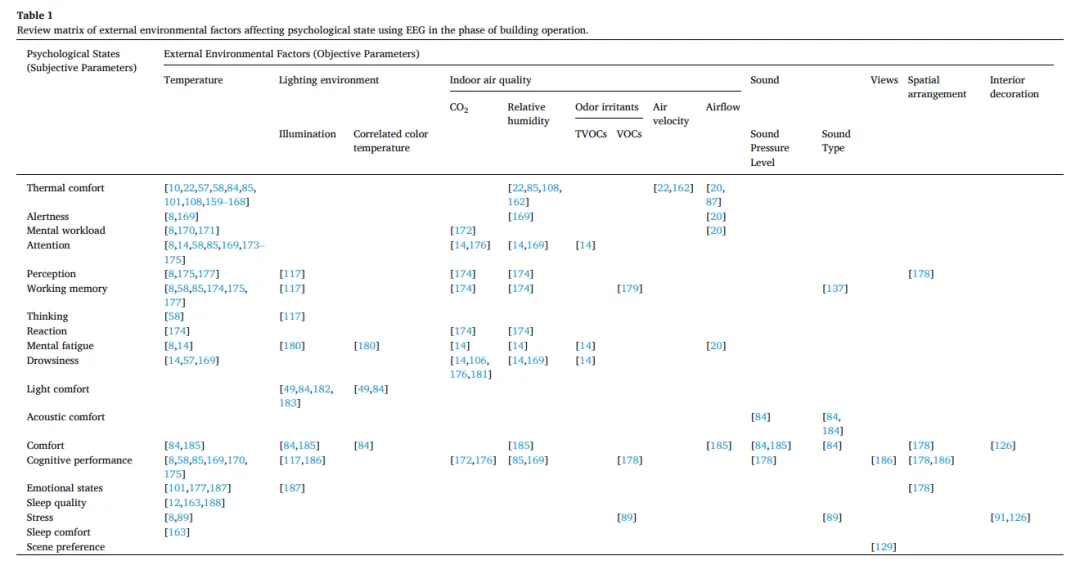


As can be seen, the application of EEG in the operational phase is still in its infancy. For example, while the effects of indoor environmental factors on human psychological states have been investigated from different dimensions, there is still potential to study responses to changes in building types. Only the effects of green walls on human perception have been explored, and the effects of other building components need to be further investigated. In addition to the environmental factors and psychological states studied above, there are many variables that have not been emphasized by researchers. For example, the psychological responses of stakeholders to environmental changes resulting from building renovations have not been thoroughly investigated, including owners, construction workers, and neighbors.
4.3.3 Mechanisms of environmental factors and mental states in the operational phase
The mechanisms by which environmental parameters alter human mental states are further explored through EEG during the operational phase. In the context of architecture, the influence of the environment on human mental states was theorized to be confirmed from a physiological perspective when combined with environmental factors, leading to more specific results. It was shown that thermal stimuli perceived from the skin are transmitted to the central nervous system and are perceived as thermal comfort, which is ultimately reflected in the EEG parameters. significant changes in the relative intensity of delta and beta indicate impaired cognitive performance in extreme heat, which is consistent with cognitive task scores. Significant changes in the relative power of theta and alpha bands compared to the rest phase suggest that these two metrics can reflect cognitive load intensity. In addition, the relative power of the beta band increased due to increased carbon dioxide concentration, resulting in higher levels of arousal in participants, indicating higher mental load. Higher alpha relative power was observed in the parietal and occipital lobes confirming the relaxing and stress-reducing effects of the green wall. In the temporal lobe, relatively high beta bands contributed to the assessment of stress. Theta in the frontal lobe increased significantly when participants were comfortable in the combined environment.
05. Shortcomings and future directions:
This paper comprehensively explores the application of EEG technologies in buildings, covering three life cycle stages of buildings. In addition, this study highlights existing research gaps and depicts seven potential research directions.
(1) Explore other phases of a building using EEG to constitute a complete life cycle. The current literature on the application of EEG in buildings is limited, focusing mainly on the design, construction and operation phases. However, the traditional understanding of the building life cycle goes beyond these three phases. Current research on the psychological impact of building renovation and demolition processes is incomplete. In addition, the effects of conversion in these phases of the building life cycle on different individuals have not been tested. For example, changes in users' experience of their neighborhoods after building renovation have not been thoroughly investigated. As humans continue to explore the urban dimension, further research is needed on more stages of the building life cycle. In the urban dimension, remodeling and demolition of buildings are inevitable. Future in-depth and extended investigations into the responses of different building phases could be conducted.
(2) Involving a wider range of stakeholders. The current research mainly focuses on specific stakeholders and ignores a wider range of involved parties. For example, during the construction phase, construction workers at the construction site are the main research target, while only one paper examined the stress of engineering draftsmen. In addition, noise from construction sites not only affects the safety and concentration of construction workers, but also the acoustic comfort of surrounding residents. In addition, although HRC facilitates the safety of construction workers and improves the efficiency of human-robot collaboration on construction sites, the reluctance of investors to invest in it will ultimately prevent it from being put to use. Therefore, more efforts are needed to investigate multiple stakeholders in the future.
(3) Combine more building elements with EEG. With the popularity of green and zero-carbon buildings, new building materials have been developed in recent years. However, limited research has been conducted to investigate the integration of EEG with building materials. In the future, in-depth investigations will be carried out on user responses to various building materials, such as bamboo buildings. It is also recognized that waste management is often combined with building life cycle assessment. However, to date, human research on the psychological state of waste management in buildings has been incomplete. In addition, the application of brain-computer interfaces in buildings is still very limited, with most research focusing on indoor air conditioning control related to thermal comfort. Further research could explore the use of EEG withHVAC systemof other combinations of control strategies for intelligent buildings.
(4) Study the effects of individual differences and jointly provide information to create a database. Current research has examined the effects of construction workers' experience on hazard identification, differences in gender differences on light preference, and so on. As a result, many studies have recognized that the lack of sample size greatly limits the research process due to individual differences, including factors such as gender, age, occupation, work experience, emotional state, and metabolic rate. To address this issue, many researchers have proposed increasing the sample size to cover a wider range of subject characteristics to obtain more generalizable results. However, recruiting enough study subjects to cover all individual differences is difficult. Therefore, researchers can construct a platform or database containing a variety of participant characteristics and their EEG data for a specific experimental task. Large laboratories or EEG companies may take on this responsibility. The researcher can upload EEG data, provide personal information about the subjects (e.g., gender, occupation, age, etc.), and choose the appropriate data analysis method. But other sources of personal characteristics are varied. For example, risk propensity may come from a balloon simulation of a risky task (BART) experiments. Therefore, the database or platform should be a fusion of heterogeneous data from multiple sources. Algorithms for data processing and integration should evolve to keep pace with different data types. After data standardization and normalization, individual features will be investigated using deep and transfer learning methods. Finally, the investigated individual features will be embedded in the platform or database, and other users will have the option to add individual features when analyzing their results. However, this approach poses a number of challenges, including concerns about subject privacy and potential hesitation on the part of authors to upload data.
(5) Drawing on new approaches from other fields to develop user-independent classifiers to enhance the processing of building EEG data. Current machine learning techniques focus on emotion recognition, and few studies have used machine learning to identify building hazards, user thermal comfort states, mental fatigue, and safety training. Studies have shown that the use of machine learning methods to extract features of EEG data in buildings is still in its infancy, and most according have not yet fully matched the building environment. Furthermore, it is worth noting that most existing machine learning models are still user-specific. In order to efficiently handle complex and multi-user data, it becomes important to develop a generalized user-independent classifier. In addition, implementing pre-trained models or utilizing migration learning methods can significantly reduce the training time. Therefore, using a user-independent classifier based on a migration learning approach, it is possible to design a comfortable model that meets individual needs.
(6) Further development of VR technology to bridge the gap between virtual environments and reality. Virtual reality technology can explore the effects of the environment on humans, and many studies have utilized VR to control environmental parameters, isolate other environmental factors and elucidate the effects of studied environmental variables on human responses.VR environments have been shown to induce neurophysiological responses comparable to those experienced in the real world, providing a valuable means of investigating ambient visual factors while reducing other environmental variables that may interfere with results. Integrating virtual reality technology into experiments can improve the reproducibility of experiments and help decipher the complex interactions between environmental factors and human experience for future research. Notably, environments combine a variety of elements, including natural settings and decorations. Future research should focus on combining and controlling more environmental factors with VR to provide immersive experiences. Research on architectural styles, landscapes, spatial layouts, and interiors is promising. In addition, the question of whether human mental states change in response to stimulus sequences needs to be further explored. Considering the dangers and complexity of construction sites, the potential of VR to enhance safety training during the construction phase is noteworthy as it provides an almost unlimited number of experimental settings. More VR settings could be developed to involve multiple stakeholders in the task. Despite the many advantages of VR, there are increasingly important factors that should not be overlooked. Studies combining VR and EEG are currently investigating the short-term and real-time effects of the built environment. However, the effects of the environment on human neurophysiological changes are long term. In addition, humans exposed to less comfortable environments for long periods of time spontaneously modulate their senses to adapt to the environment. Therefore, future directions could be extended to study the difference between long-term real-world impacts and short-term effects in VR scenarios, and further development of VR technology is needed to avoid discomfort associated with prolonged wear.
(7) Designing wearable EEG devices for field experiments. Although VR technology has great potential to bridge the gap between virtual scenarios and reality, its current limitations are restricted to visual scenarios. Human perception of the environment is not only limited to the visual range. Other environmental parameters may also affect humans, such as temperature and carbon dioxide. Therefore, it becomes crucial to design a wearable EEG device that can facilitate the application of EEG in real-world environments.The sensitivity of EEG devices to motion significantly limits the subjects' freedom of movement during data collection. Further research should address two main goals. First, highly accurate and portable EEG devices need to be developed to ensure comfort during prolonged use. The device would support high-resolution data acquisition, data filtering, and proper calibration. Second, EEG processing methods need to be further refined. It is feasible to use advanced algorithms to minimize the effects of artifacts. However, including a control group with predetermined artifact patterns is necessary for data cleaning and enhancement before applying complex algorithms. In addition, public acceptance of these techniques may be an issue for further investigation, involving multidisciplinary interactions, including economics and sociology.
06. Conclusion:
There is a growing interest in the role of using EEG in exploring human psychological responses in architecture in various studies. In order to provide an in-depth overview of this field, this study covers the common channels and roles of EEG research applied in buildings, a framework for EEG signal processing, and the application of EEG in the three lifecycle phases of building design, construction, and operation. "Efficiency", "Attention", "Productivity", and "Stress" are themes common to all three phases. The design and operation phases both emphasize the user's ability to control the built environment and the effects of the environment on human memory, while the construction and operation phases focus on fatigue and mental load, which can affect human health and safety. Exploring the effects of the environment on human perceptual and cognitive performance is a common theme in both the design and operational phases of research. And environmental or task-related factors that may affect human health and safety (e.g., fatigue and mental load) are the focus of the construction and operation phases.The application of EEG in the construction phase focuses on emotional and psychological states that may affect the safety and health of construction workers. Some of the studies in the operation phase can be considered as an extended version of the design phase, but with a more comprehensive approach to the states investigated. The effects of external environmental factors on the psychological states reflected in the EEG signals were further investigated during the operation phase. The results showed that among the external environmental factors (objective parameters), temperature had the greatest influence, followed by CO2 concentration and relative humidity. In addition, the user's cognitive performance was the main state of concern (subjective parameter). The review matrix was used to organize the existing studies and to guide possible future research directions, such as exploring other combinations of mental states and external environmental factors, constructing more integrated environments, and conducting in-depth studies on single environmental factors.
07. complete citation format:
Qiuwen Sun, Dan Xu, Peiyu Xu, Chengxing Hu, Wei Li, Xiaoxiao Xu. Neuroscience meets building: a comprehensive review of electroencephalogram applications in building life cycle[J]. Journal of Building Engineering, 2024, 85: 108707.
Introduction to Portable EEG Systems
![]()
![]()
![]()
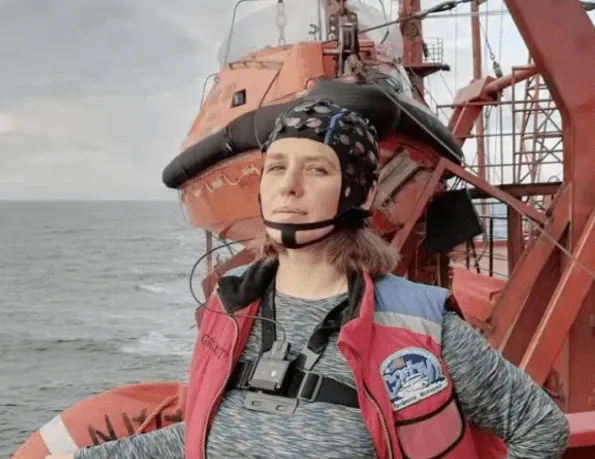


Mitsar is a company that produces high-quality EEG amplifiers for capturing, displaying and storing the electrical activity of the user's brain.
The SmartBCI Portable EEG System is a wireless wearable portable EEG with dry electrodes, conductive paste, and other acquisition methods for real-world data collection.The SmartBCI Portable EEG System includes a multi-channel, professional-grade, wireless wearable EEG amplifier, accessories, and an advanced software package.Can be applied toGodEngineering Management, Psychology, RecognitionKnowing Neuroscience,Research in human factors engineering, human-computer interaction, human-computer-environment, cognitive neuroscience, brain science, and brain-computer interfaces.
The electrode caps are arranged in the standard international 10-20 arrangement, and users can choose from a variety of collection methods such as conductive paste and saline depending on their needs. Medium electrode caps are generally suitable for users over 5 years of age. Small electrode caps are generally suitable for children between the ages of 2 and 5. The Ultra Small Electrode Cap is generally suitable for children between 9 months and 2 years of age. (Age sizes are recommendations and should be based on actual head circumference).
Introduction to the 41-channel EEG system
![]()
![]()
![]()
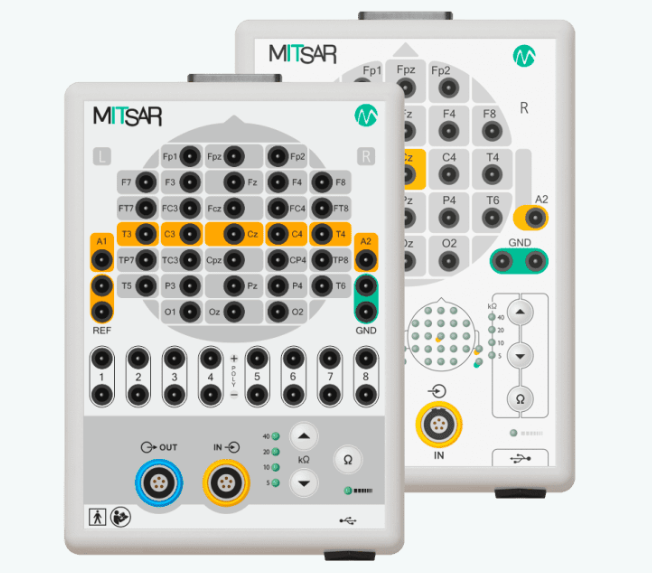


Mitsar The EEG-202 device is a 41-channel physiological acquisition device with 33 EEG channels and 8 bipolar channels. In addition, theThe acquisition system can also be used for video EEG monitoring and evoked (event-related) potentials, and the software has EEG/ERP/QEEG acquisition and analysis functions.Can be applied toGodEngineering Management, Psychology, RecognitionKnowing Neuroscience,Research in human factors engineering, human-computer interaction, human-computer-environment, cognitive neuroscience, brain science, and brain-computer interfaces.
Company Profile
Beijing Everloyal technology co., LTDIt is invested by Zhongke (Guangdong) Science Group, relying on Guangdong Human Factors Technology Research Institute and Wuhan Human Factors Engineering Technology Research Institute, and is a new type of high-tech enterprise based on the direction of psychological human factors, driving human factors, biomechanics, user experience, virtual reality and other directions, integrating production, research and development, sales and technical services, and has been selected as a national high-tech enterprise, a science and technology-based small and medium-sized enterprise, and a high-tech enterprise on the list of Zhongguancun. High-tech enterprise list.



Hengzhi Technology independently researches and develops driving human factors system, virtual reality graphical editing software, optical environment psychological assessment system, psychological and human factors experimental teaching system, and at the same time as the general agent of Poland Cortivision near infrared, Russia Mitsar EEG and Germany Eyelogic eye movement instrument in China, Italy BTS surface electromyography and other biomechanics and gait analysis scientific research products general agent. The general agent of biomechanical and gait analysis products such as MindLink (Canada), QuaeroSys (Germany), Noldus (Holland), Tobii (Sweden), MindMedia (Holland), Biopac (U.S.A.), ETT (U.S.A.), and other products. We have served Tsinghua University, Peking University, Beijing Normal University, Northeast Normal University, Yanshan University, Xi'an University of Architecture and Technology, Northwest Agriculture and Forestry University, Shenzhen University of Technology, Xi'an University of Science and Technology, Shanghai Jiaotong University, Xinjiang Normal University, Qiyuan Laboratory, China Electronics Technology Group 27, China Electronics Technology Group 28, Huawei Technology, InkScan, NetEase, Aerospace Academy II, and so on. 1000 colleges and universities, research institutes and enterprises and institutions, and continue to carry out in-depth cooperation in talent training, production and research cooperation, and transformation of achievements.









